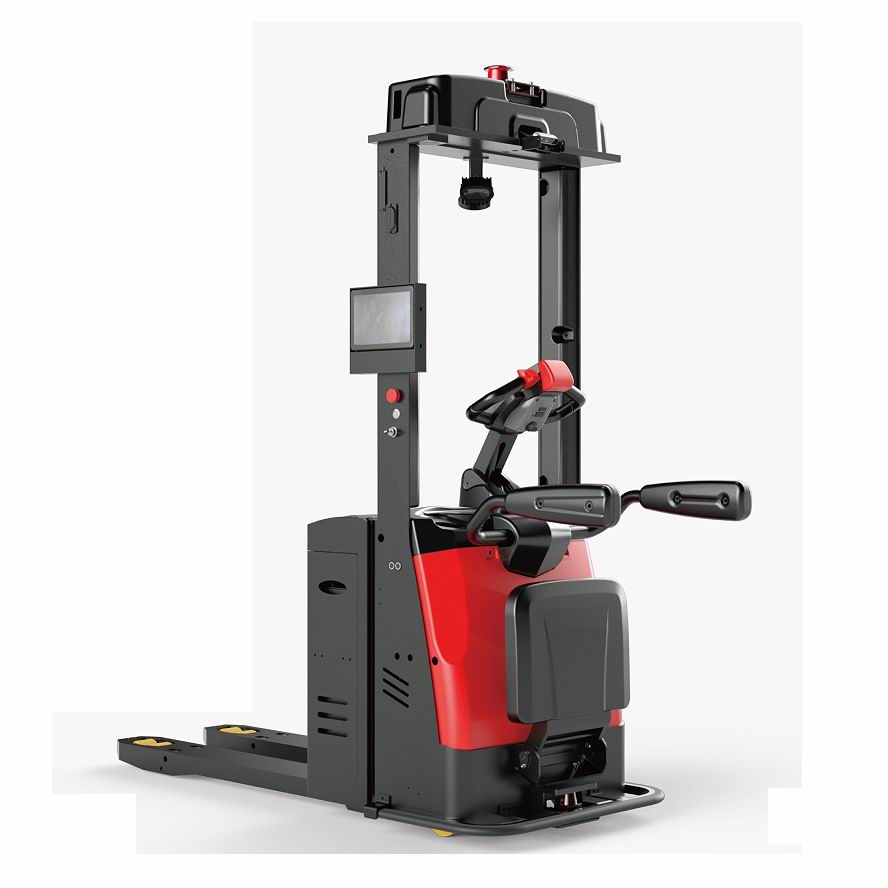China has surpassed the United States to become the world's largest wind power producer, with its national power grid now serving as the largest wind power integration network globally, experiencing the fastest growth in both wind and solar energy. In just five and a half years, China has achieved what took the U.S. and Europe 15 years to accomplish in wind power development.
According to reports, the State Grid has actively supported the growth of wind and solar power, playing a crucial role in accelerating their development. By 2012, the installed wind power capacity within its operating regions reached 56.76 million kilowatts, while photovoltaic power capacity stood at 3.33 million kilowatts. Despite this progress, the performance of Chinese wind and solar companies declined that year, with exports of wind towers, solar cells, and modules facing "double opposition" from both European and American markets. The new energy sector encountered unprecedented challenges during this period.
In response, the State Grid intensified its support for renewable energy development. It invested heavily in wind power grid integration, operational management, standardization, and technological innovation, ensuring efficient connection and acceptance of wind power into the grid. Additionally, the State Grid focused on enhancing the power grid infrastructure and optimizing resource allocation. In 2012, the world’s largest transmission project—the Jinping-Suannan Ultra High Voltage DC line—was completed, along with the Kaolin DC back-to-back expansion, which holds the largest conversion capacity globally.
During the summer peak demand period in 2012, the State Grid leveraged trans-regional and inter-provincial transmission channels, including ultra-high voltage grids, to absorb surplus hydropower from the Yangtze and Yellow River basins. Sichuan saw its highest electricity transmission ever, reaching 11.1 million kilowatts, sending 34.4 billion kilowatt-hours of hydropower throughout the year, a record high. Qinghai also delivered nearly 5 billion kWh of hydropower for the year, a tenfold increase compared to 2011. These projects demonstrated the effectiveness of the State Grid in large-scale energy distribution, economic cooperation, and resource optimization.
In 2012, the State Grid's hydroelectric power on-grid electricity totaled 551.8 billion kWh, marking a 26.33% year-on-year increase. Furthermore, the State Grid actively promoted the construction of pumped-storage power stations. As of the end of 2012, it had built 17 such stations, with four more under construction. The total operational installed capacity reached 14.06 million kilowatts, while 4.06 million kilowatts were under construction. This investment helped stabilize the grid and improve the efficiency of renewable energy utilization.
High Speed Heavy-duty Pallet Handling Forklift
High-speed heavy-duty pallet handling forklifts are classified based on various factors, including their load capacity, lifting height, mast type, and drive system. Understanding these classifications is crucial in selecting the right forklift for specific applications and ensuring optimal performance and efficiency.
Load Capacity:
High-speed heavy-duty forklifts are categorized based on their maximum load capacity, which is typically measured in tons. The load capacity determines the maximum weight of the pallet and its contents that the forklift can safely lift and transport. Higher load capacities are required for handling heavier materials and larger pallets.
Lifting Height:
The lifting height of a forklift refers to the maximum height it can reach when lifting a load. Forklifts with higher lifting heights are necessary for storing materials at elevated levels in warehouses or for loading and unloading containers.
Mast Type:
Forklifts can have different mast types, including:
Simplex Mast: A simplex mast has a single vertical column that can be raised and lowered.
Duplex Mast: A duplex mast has two vertical columns, allowing for greater lifting heights and stability.
Triplex Mast: A triplex mast has three vertical columns, providing even higher lifting capabilities and improved stability.
Drive System:
Forklifts can be powered by different drive systems. These forklifts are equipped with powerful engines, heavy-duty frames, and advanced hydraulic systems to handle demanding applications in warehouses, distribution centers, and manufacturing facilities. They are essential for industries that rely on efficient material handling, such as logistics, manufacturing, and retail.


Internal Combustion Engine (ICE): ICE forklifts are powered by diesel or gasoline engines and are suitable for outdoor applications and heavy-duty tasks.
Electric Forklifts: Electric forklifts are powered by batteries and are ideal for indoor applications where noise and emissions are a concern.
Other Considerations:
In addition to the above factors, other considerations when classifying high-speed heavy-duty pallet handling forklifts include:
Tire Type: Forklifts can have pneumatic, solid, or cushion tires, each with its own advantages and disadvantages.
Steering Type: Forklifts can have mechanical or hydraulic steering.
Safety Features: Safety features such as seat belts, alarms, and backup cameras are essential for operator safety.
By understanding these classifications and factors, you can select the most appropriate high-speed heavy-duty pallet handling forklift for your specific needs and ensure efficient and safe material handling operations.
allet handling, material handling, warehouse equipment
Jiangsu Xicang Intelligent Technology Co., Ltd. , https://www.xciwarehousing.com